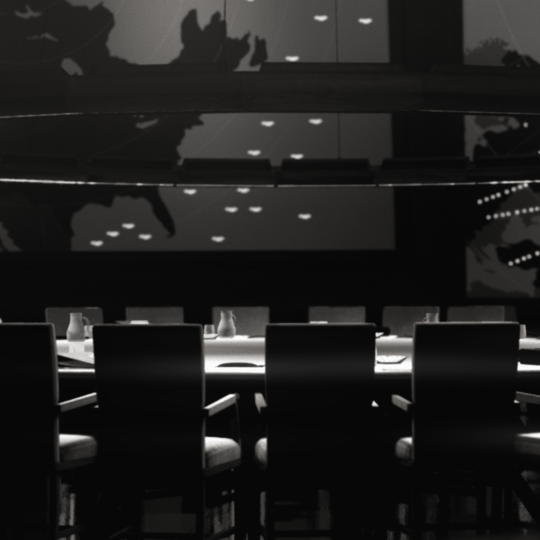playard’s architectural rendering project recreates some of cinema’s most infamous sets for a book, trailer and VR via V-Ray for Maya and V-Ray for Unreal.
Every movie villain needs a lair to hatch their plans for global domination, from the cavernous hideouts of James Bond's foes to the claustrophobic, clinical confines of Ex Machina. LAIR: Radical Homes and Hideouts of Movie Villains is a coffee-table book that celebrates these memorable spaces with interviews and essays from filmmakers, academics and production designers.
To illustrate this tome, TRA Publishing called on the services of playard studio, a production shop set up by husband-and-wife team Carlos and Tanya Fueyo. For playard, it was a unique opportunity to create fun architectural renderings with V-Ray for Maya, as well as a chance to experiment with V-Ray for Unreal to create a trailer and even a VR experience.
We caught up with Carlos to discuss how he planned and executed this nefarious scheme.
playard has just set up a new lair of its own in Miami. How are you adapting to the East Coast?
Carlos Fueyo: playard studios' new lair is located in Miami Beach, so in theory, you could say that we are based out of an island surrounded by deadly sharks (with lasers, of course). Mwahaha!
But on a local level, it has been a process of rediscovery. Miami is not Los Angeles and probably not the ideal place to set up a post-production house. We’ve had to think outside the box in order to establish ourselves here and a large part of it has to do with educating our clients as to our capabilities. We have also been looking at local art institutions and research facilities, and finding ways in which our experience in entertainment can help drive innovation and creativity through elements such as photogrammetry and 3D scaling, art innovation and performance art.
Our goal for playard studios is to provide quality post-production and visual effects on a global scale. Most of our efforts and R&D are guided towards finding that edge that would open some doors.
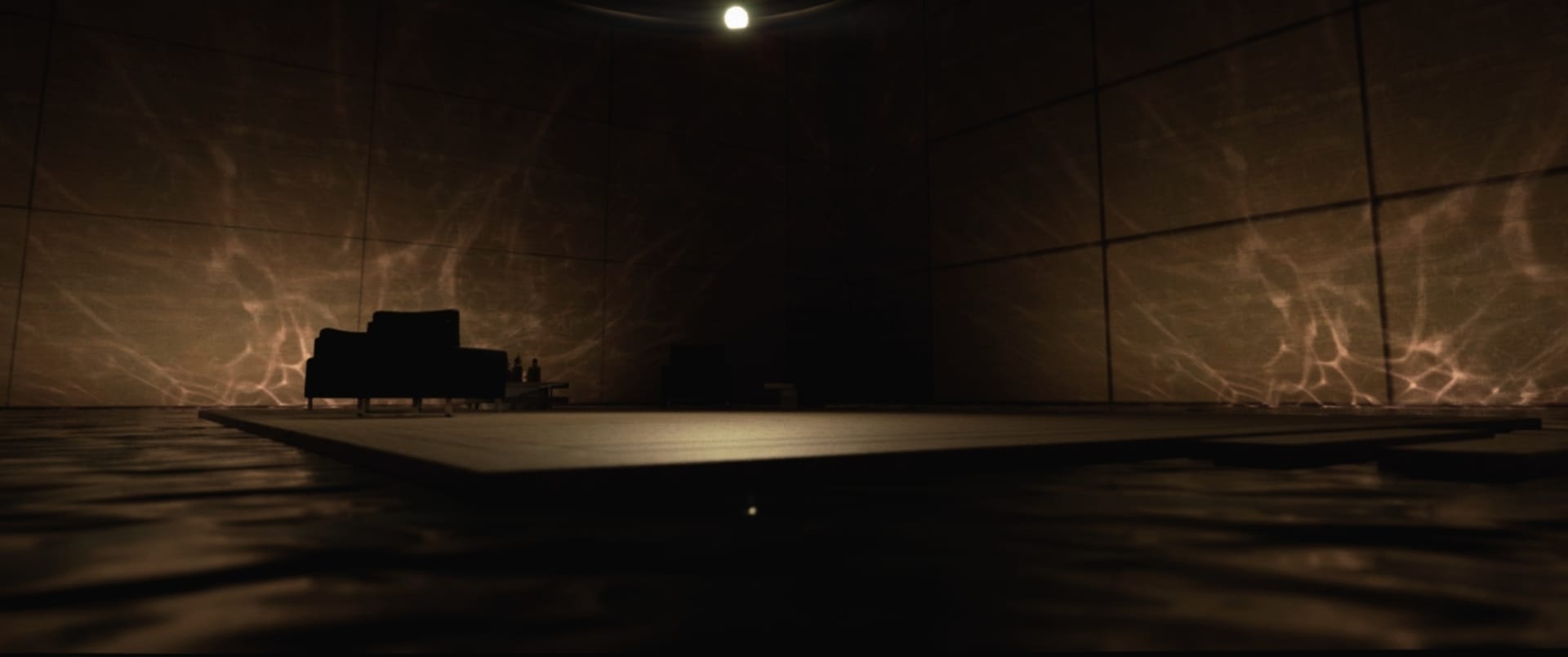
When did you get involved with the LAIR project?
CF: Earlier this year, playard studios was commissioned by Tra Publishing to work on their latest book LAIR: Radical Homes and Hideouts of Movie Villains, in which they wanted to analyze 15 movie sets of villain lairs. We digitally recreated the sets and generated over 120 original illustrations and drawings. All of the architectural illustrations are 3D models rendered with V-Ray and V-Ray Toon Shader.
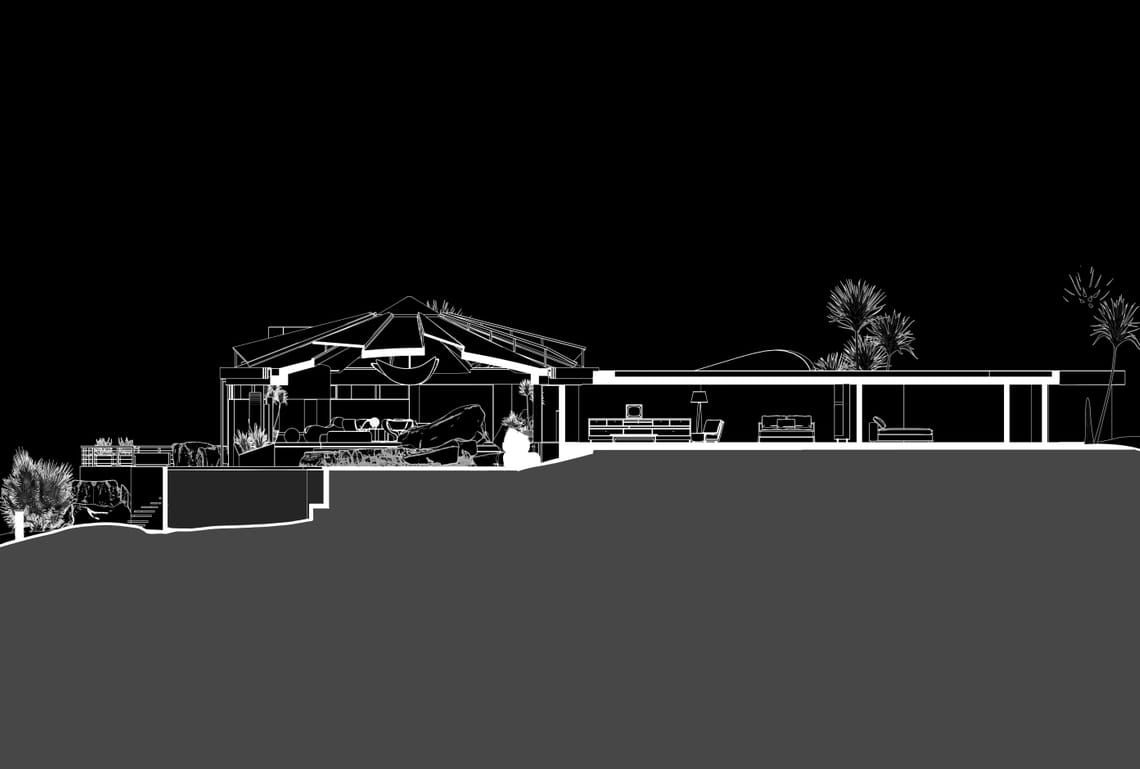
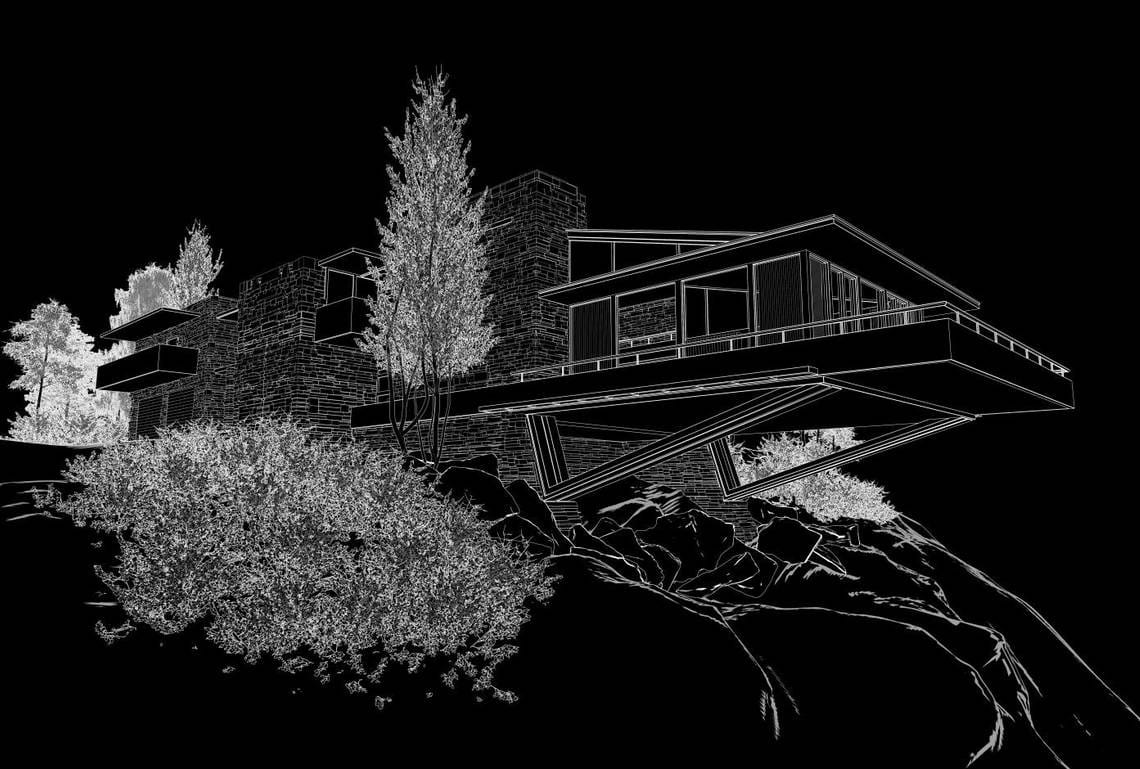
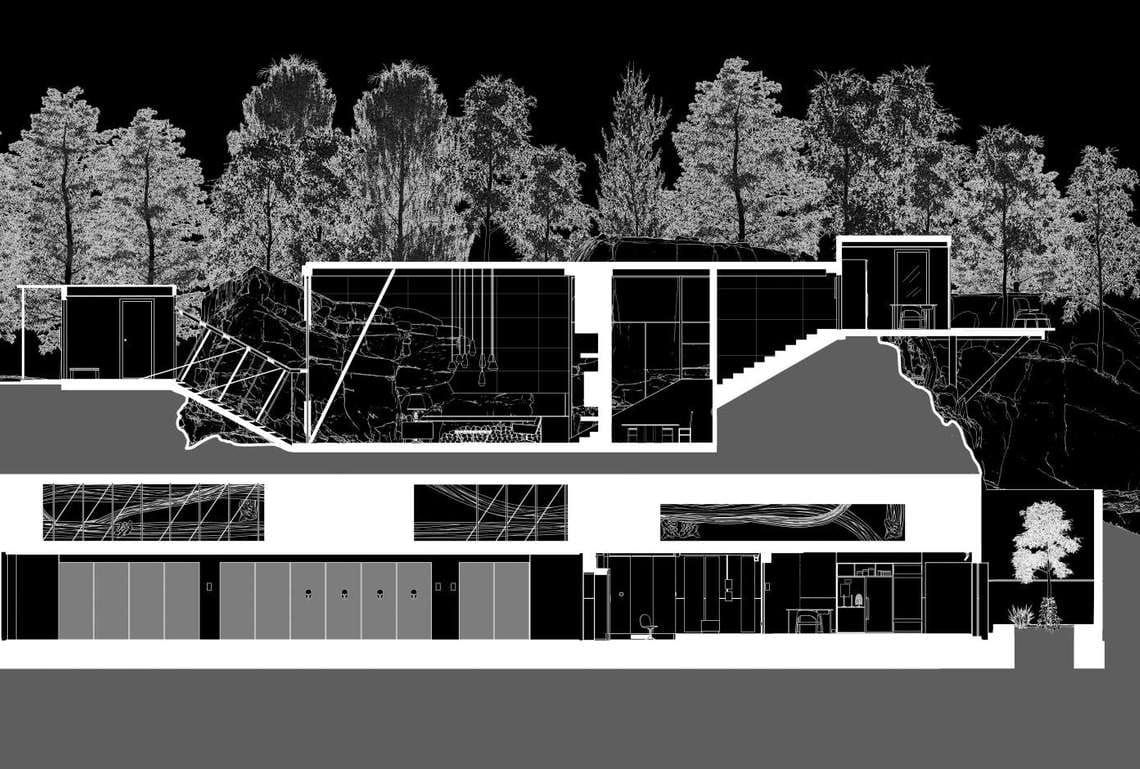
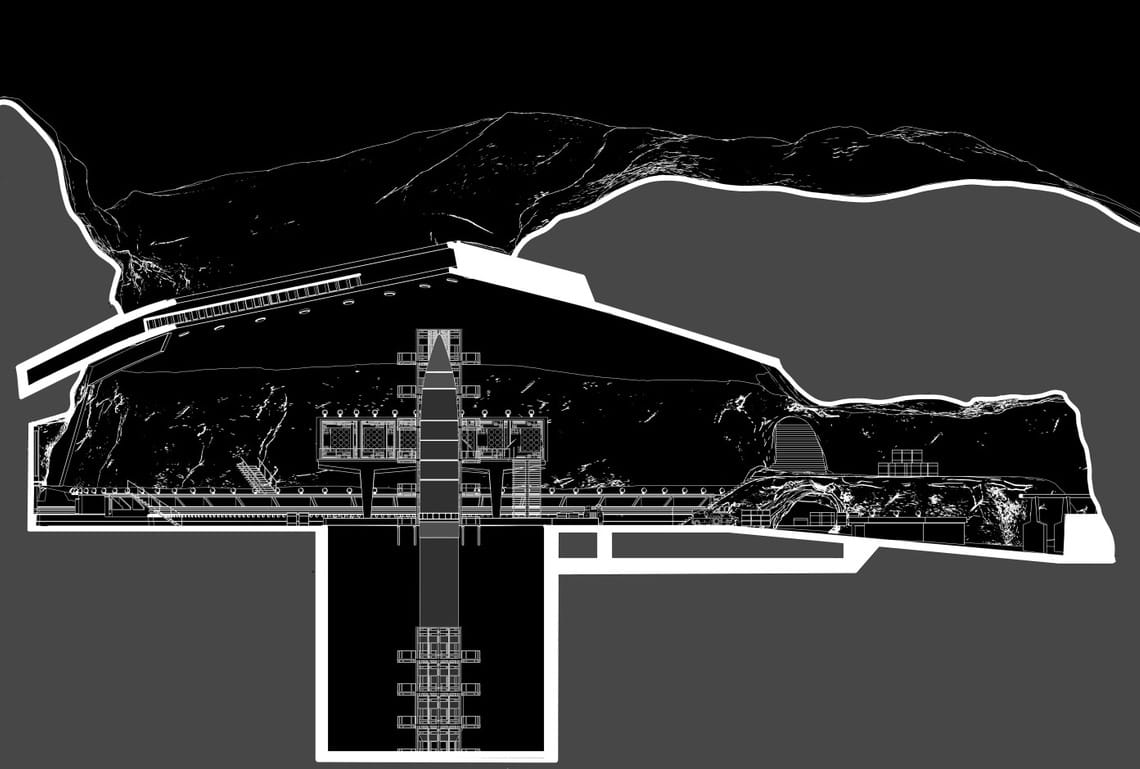
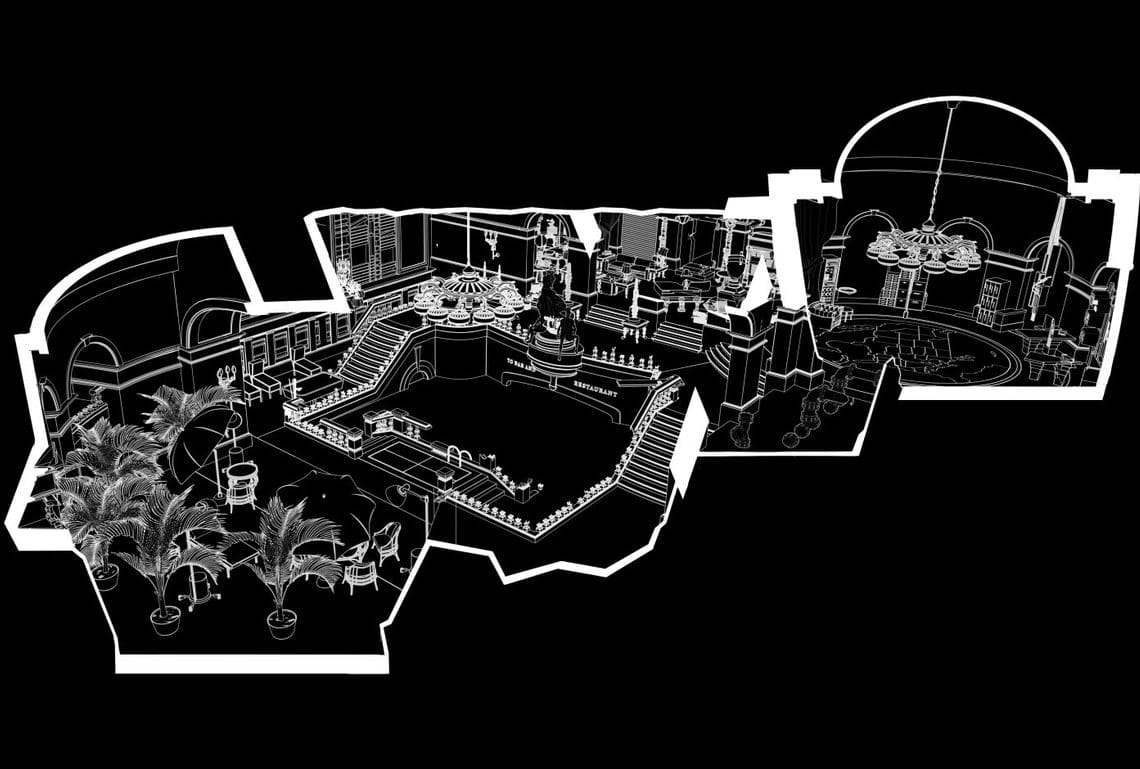



We were also approached to create a marketing trailer for the book. A few concepts were presented, and based on the budget and tight schedule it was decided that creating a simple product trailer, with some shots of the book and wireframe renders of a couple of the spaces was the best way to go.
However, we still wanted to create a "book cinematic" that would transport the viewer into some of the spaces, something dynamic and more cinematic. So much so that we decided to use this project as R&D for looking into Unreal Engine and real-time rendering workflows for production.
Thanks to V-Ray for Unreal, we were able to render two minutes of full CG animation at 4K under ten minutes.
Carlos Fueyo, Creative Director and Owner, playard studios
Three environments were chosen: Dr. Strangelove’s War Room, Eva’s quarters from Ex Machina and Wallace’s den from Blade Runner 2049. The concept was to create an immersive camera move that would take you through the spaces in a continuous gesture, using the book illustrations as transitions, and product shots at the beginning and end. We only had three weeks to create the spot and the jury was out on whether something close to production quality renders could be achieved. As far as the client knew we were still going to deliver a more simple version.
In the end, thanks to V-Ray for Unreal, we were able to render two minutes of full CG animation at 4K under ten minutes. This, to me, is still pretty unreal (no pun intended!), and it completely changes the way we look at our small studio, its creative capabilities and limitations.
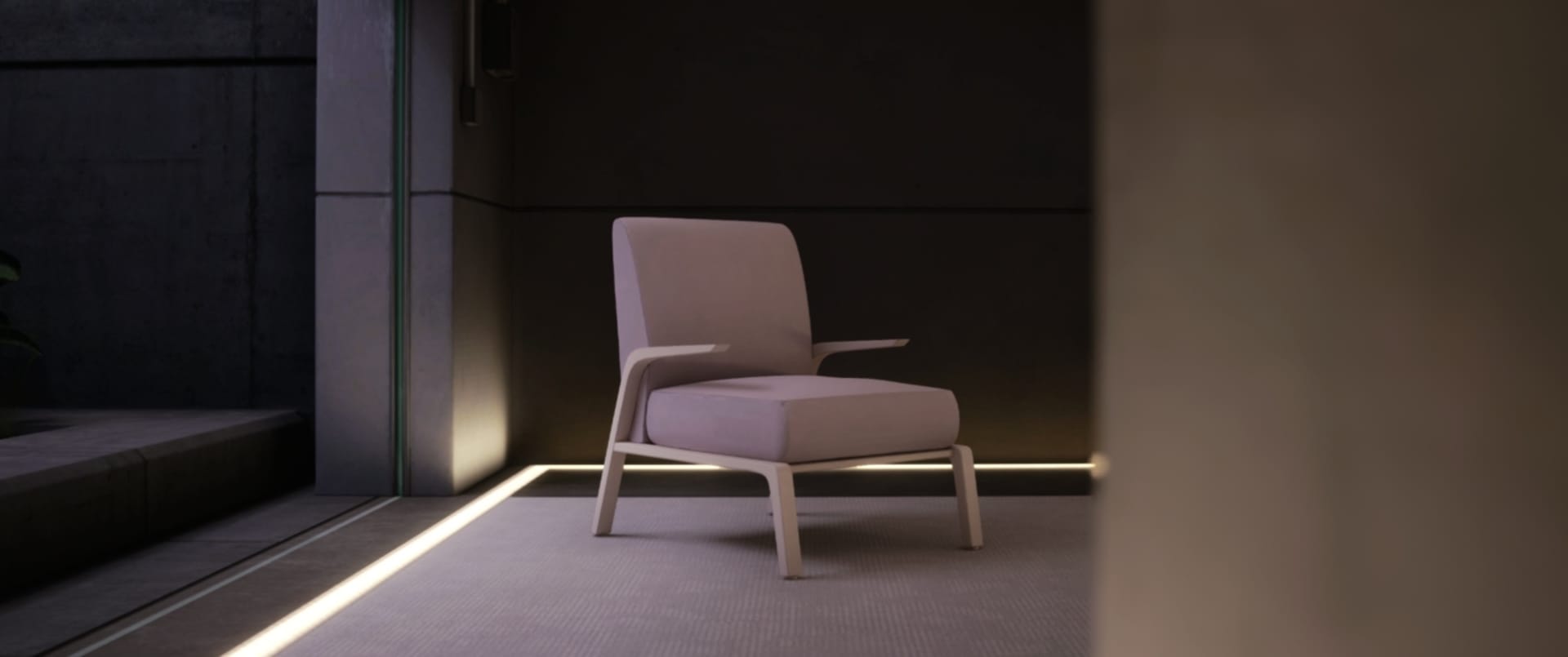
A lot of these movie sets would have been built to-camera with missing walls, etc. How did you fill in the blanks?
CF: It was like putting together a puzzle. I watched each film a multitude of times, collected frames, sequences, behind-the-scenes photographs, sketches — anything that would help me get a better idea of the spaces. I deconstructed every scene and followed the characters as they moved through the sets, in hopes that a single frame would give me that extra piece of information.
Once I had a good idea of the geography, I began to sketch and model, constantly referencing the film and rewatching it to make sure nothing was missed. Often, you find yourself erasing and rebuilding areas until the gaps are filled. Some of it, however, is based on educated guesses based on my experience in film and architectural. In a way, I was making my own behind-the-scenes movie in order to justify some of the decisions the production designer would have made. Overall, it was a very fun process, especially since it merges my passions for film and architecture.
V-Ray for Unreal removed half of the learning curve by providing a set of tools within UE4 that we were already familiar with.
Carlos Fueyo, Creative Director and Owner, playard studios
How did you find setting up and using V-Ray for Unreal?
CF: It was a little too easy! This was our first Unreal Engine project, which meant that there was already going to be a learning curve, and that made it much more challenging against an actual deadline. V-Ray for Unreal removed half of the learning curve by providing a set of tools within UE4 that we were already familiar with. I have been using V-Ray since the first public beta which meant that we went into Unreal Engine with a considerable advantage — and with a week per environment, we really needed all the help we could get.
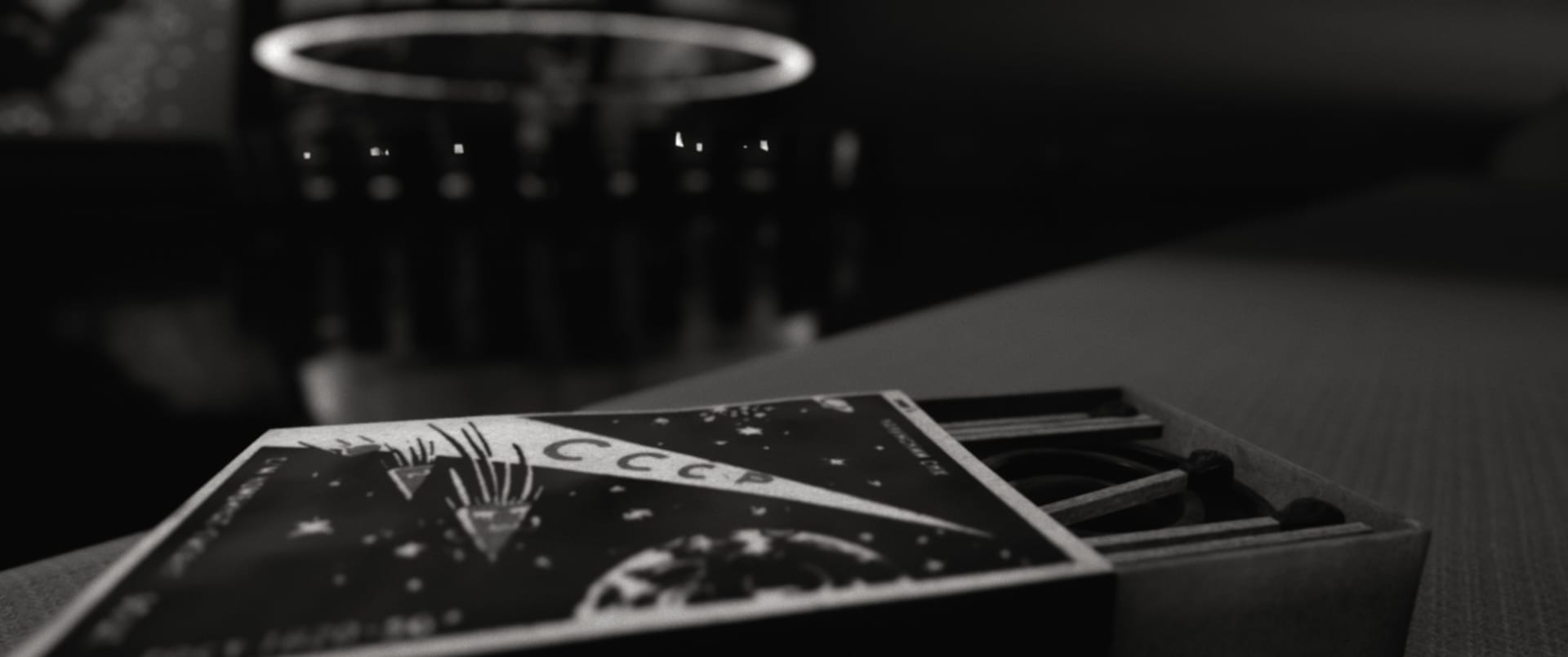
How did you import your assets into the Unreal Engine?
CF: All three environments were already assembled in Maya; they just needed to be unwrapped, shaded and lit. For the War Room from Dr. Strangelove, all of the shading and lighting was done within Maya, using V-Ray shaders and lights. Once the environment was finished, we exported it as a V-Ray scene and brought it into UE4. It was very simple and fast. All the shaders were automatically converted, all the lights in place and all of the geometry where it belonged.
From my experience, I typically think that transferring scenes between packages will always result in frustration and troubleshooting but this was as smooth as it gets. I was able to pick up the scene from where I left off in Maya and continued my work in UE4 until we had the best possible quality.
For Ex Machina and Blade Runner 2049, we did the assembly, unwrapping and basic lighting in Maya and exported to UE4. Again, everything imported smoothly and I was able to continue working as if nothing had changed. For these two, most of the lighting and all of the shading was created inside of UE4 through V-Ray lights and shaders. Once again, the familiarity of the engine allowed for a quick and efficient workflow.

Could you talk us through how you created the water and caustic reflections for the Blade Runner 2049 set?
CF: The water was simply created from modifying an existing shader in Unreal Engine’s content library (I believe it was the lake shader). I wish I could say it was more complicated!
The caustics, on the other hand, were kind of a funny process. Coming from the “typical” production pipeline my first instinct was to figure out a way to have these caustics generated by the actual water surface and light refracting from below. This quickly turned into an attempt to create a blueprint that would somehow generate them. Nothing was really working, so the caustics were put on the backburner while the rest of the environment was created.
It was not until a week later that the solution came and, as usual, it was incredibly simple: A series of spotlights placed slightly above the water surface projecting a looped caustic pattern. I would be lying if I did not admit to feeling a little thick for not thinking about that from the get-go!
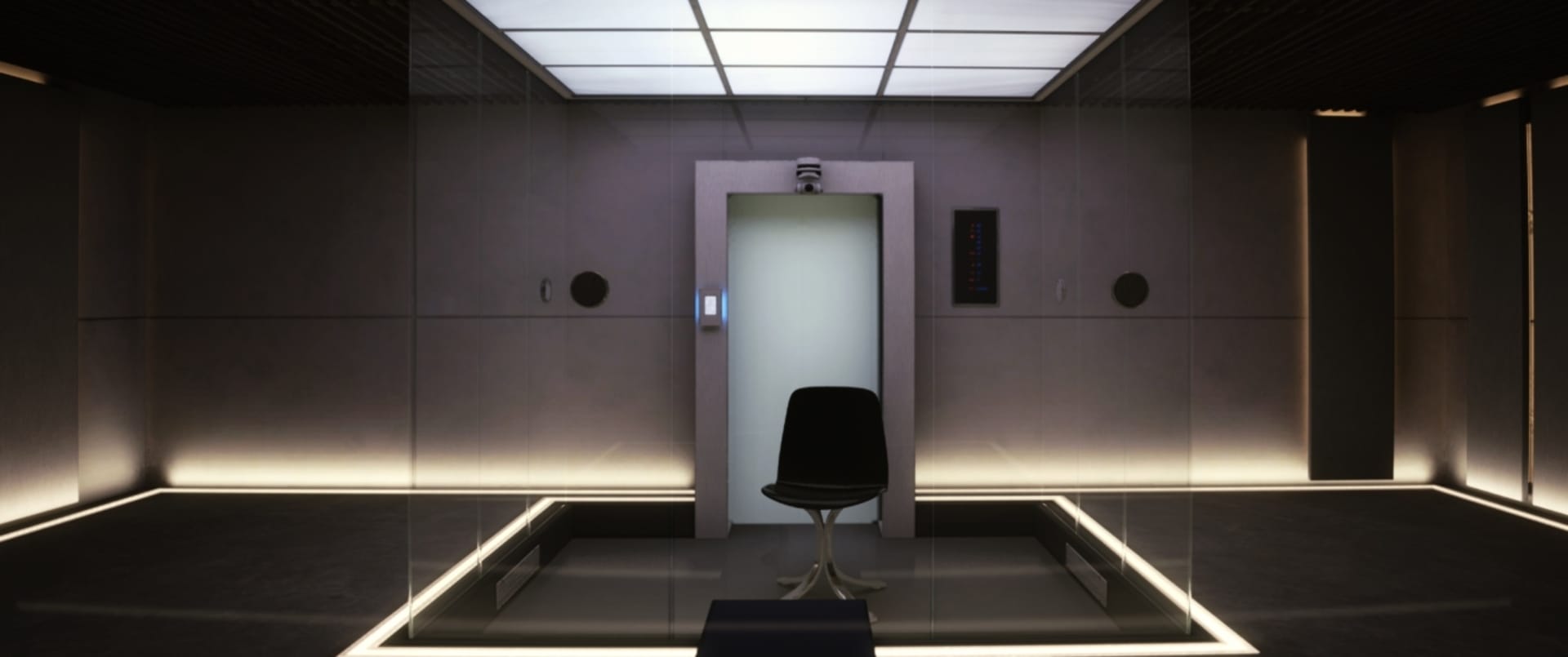
Did V-Ray for Unreal help you make any new creative decisions?
CF: It allowed us to create more realistic shaders with little effort with the V-Ray shaders. We had better light control with the V-Ray lights and the extra touch of quality with the V-Ray render engine. Those things alone mean a huge deal when trying to make creative decisions because they allow you to concentrate on the creative rather than troubleshooting the technical. This has always been my goal with any of the pipeline I have created, regardless of software. Artists are always more productive when they are creating.
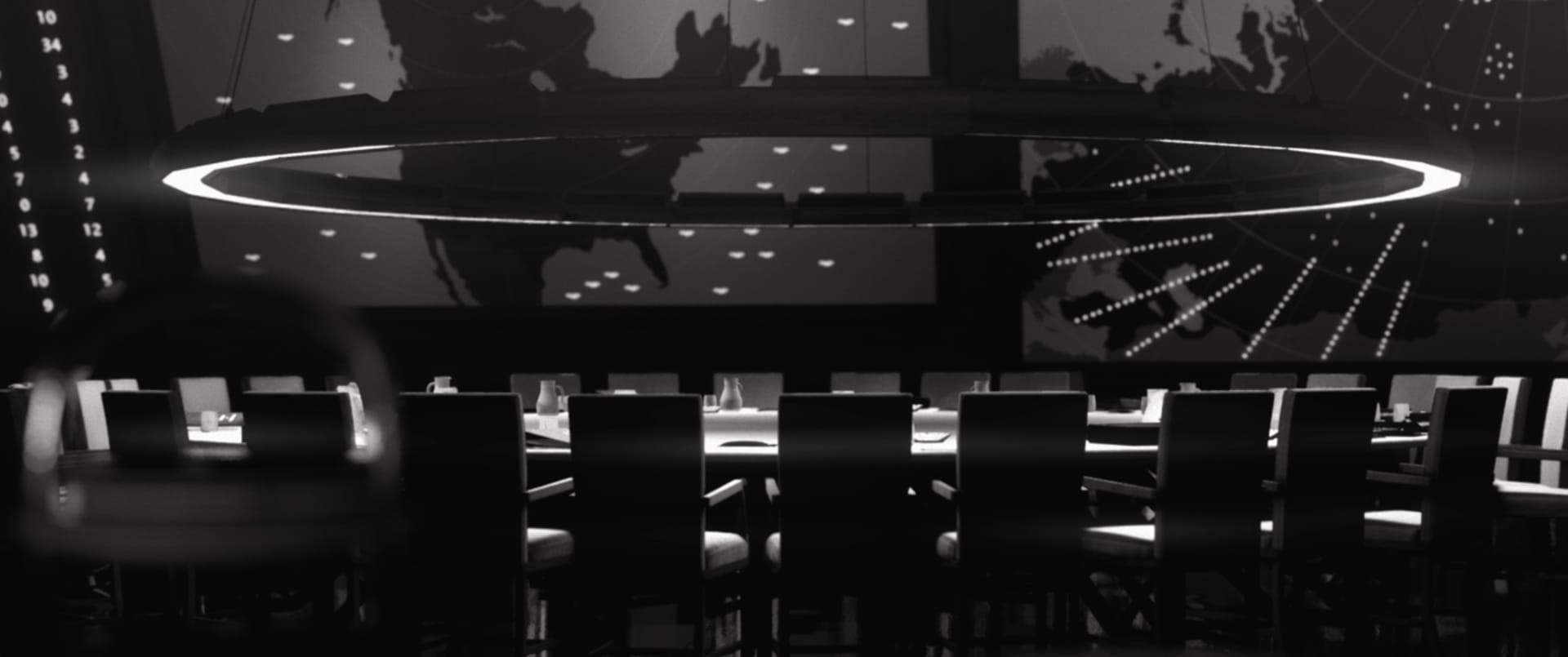
You’ve exported a couple of the scenes into VR. What are the advantages of using V-Ray for Unreal for this process?
CF: Our goal, from the project’s inception, was to explore how far a small studio like playard could push photorealism using a game engine and what its limitations would be. But I was also very curious how far photorealism could be pushed for virtual reality.
The quality of VR environments has been improving exponentially over the past couple of years but some still feel cold and uninviting; they do not feel real. And the same was true for the initial development of these environments. The lights were meticulously placed and the shaders worked and tweaked to exhaustion. The environments looked good enough but harsh and cold. They did not feel real, which was especially evident once the VR headset went on.
However, once the light was baked using the V-Ray render engine it made everything fit. The shaders felt warmer and the light quality was welcoming. In fact, the few people that experienced these environments in VR said they feel as if they were there and are surprised at the level of realism we achieved, especially in such a short development timeline. I know that that feeling has to do with V-Ray for Unreal.
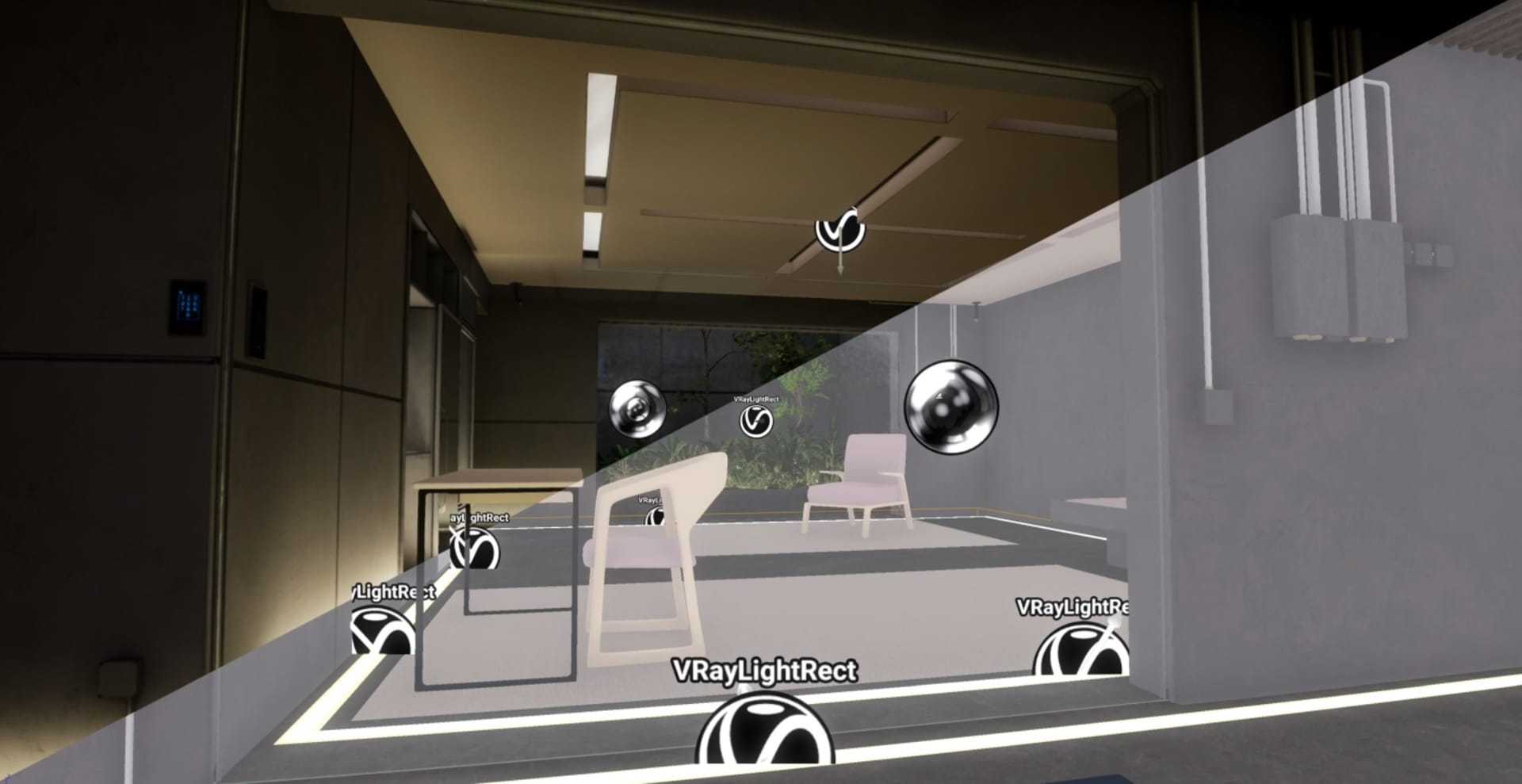
What was your favorite part of the project?
CF: Part of it was learning new software. We knew that as a game engine UE4 would have its limitations from a production standpoint, especially since we would not be able to use real-time ray tracing. It really was fun trying to figure out new strategies and ways to push for the quality we were looking for within the limits of the engine.
I was recently speaking to a friend and colleague, who also uses UE4, and we were commenting on how the process felt similar to when we started in VFX. Render engines are extremely powerful nowadays and we tend to take the power of experimentation for granted. In this case, it was experimentation coupled with finding ways to fake certain qualities.
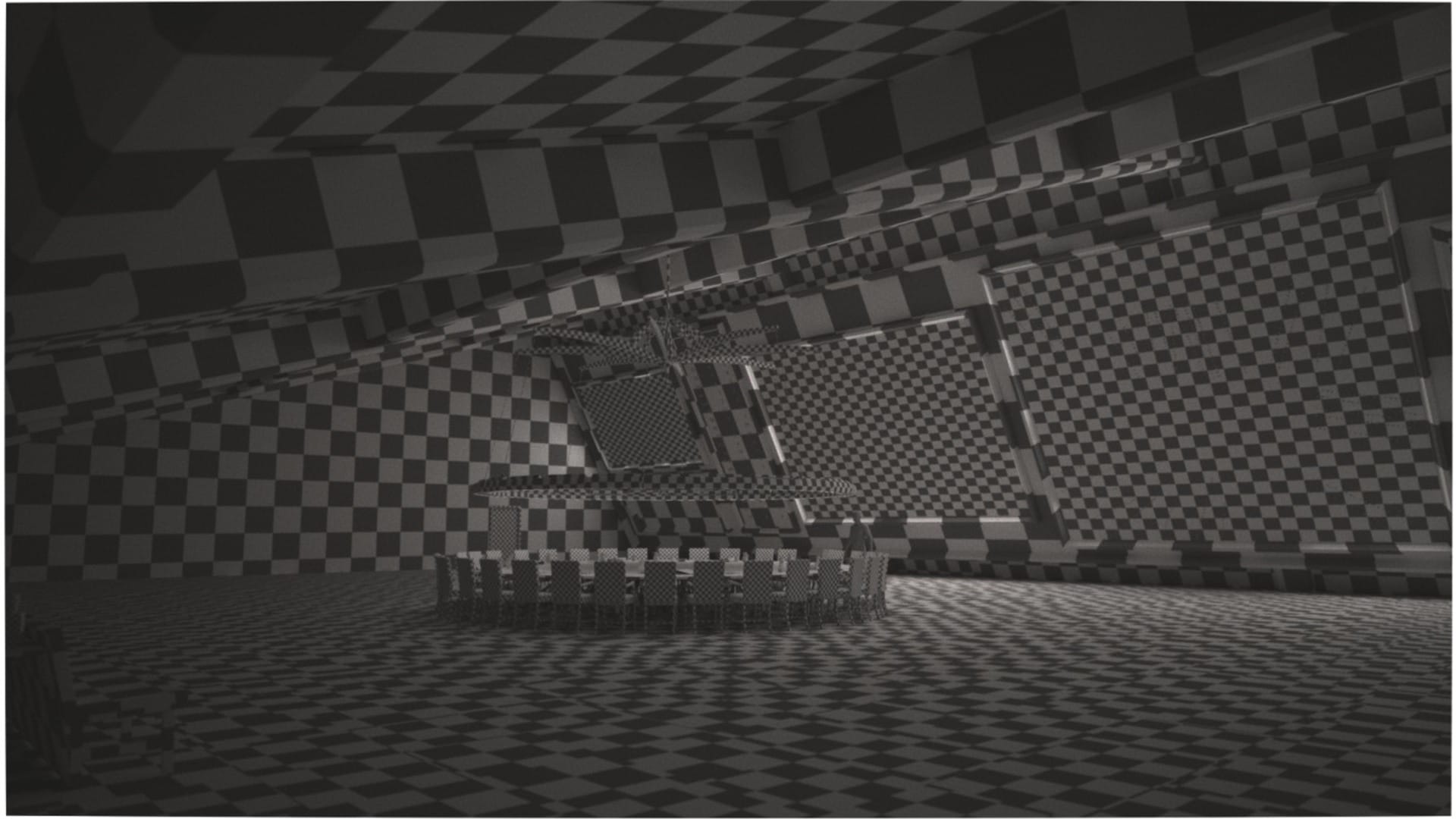
And how did the client receive it?
CF: We are always looking to ways in which we can challenge our client’s expectations and, in this case, we set the bar pretty high. We told our client that it was going to be just a product trailer showing the book and, if we had time, some wireframe shots of the spaces. Two weeks in, we delivered a teaser which was just product shots we rendered with V-Ray for Maya, which they really liked.
After that teaser, they were under the impression that they would get some wireframe renders to make a slightly longer trailer, so when they saw the fully rendered environments they were surprised and extremely pleased. The trailer was first released at a media launch event in New York City and it was received with much excitement. I was also told by a few of the folks at our client’s office that it was a hair-raising moment. We could not ask for more.

Which evil scheme are you working on next?
CF: We are always looking for our next evil scheme, hoping we can one day ask for “One MILLION dollars!” But until then we are looking for great projects and working on a wide range of projects from short documentaries, VR/AR projects, to an in-house sci-fi short film we are creating using only real-time production and post techniques. This is a continuation of the R&D created for the LAIR cinematic and we are very excited to begin able to show more in the coming months.
We are also very excited to have access to Nvidia’s RTX technology that adds the capability to render ray-traced reflections/refractions, global illumination and ambient occlusion in real-time.
This spot was created using an Nvidia Quadro P4000 (which cannot take advantage of these developments) and even then, the quality extracted was unexpected. We have, since the release of the spot, gone back to the three film sets and migrated them to Unreal Engine 4.23 using an Nvidia Quadro RTX 6000. The improvement in the quality is remarkable, everything comes to life! This, coupled with the added quality of V-Ray for Unreal, really feels like the days of waiting for renders are counted.
We hope that some of the work that we will be generating in the near future will confirm this and serve as proof of what a small creative studio can do for that medium-to-low budget bracket in film and commercials. So Netflix, Apple TV +, Hulu, A24 … if you are reading, we would love to conspire with you!

